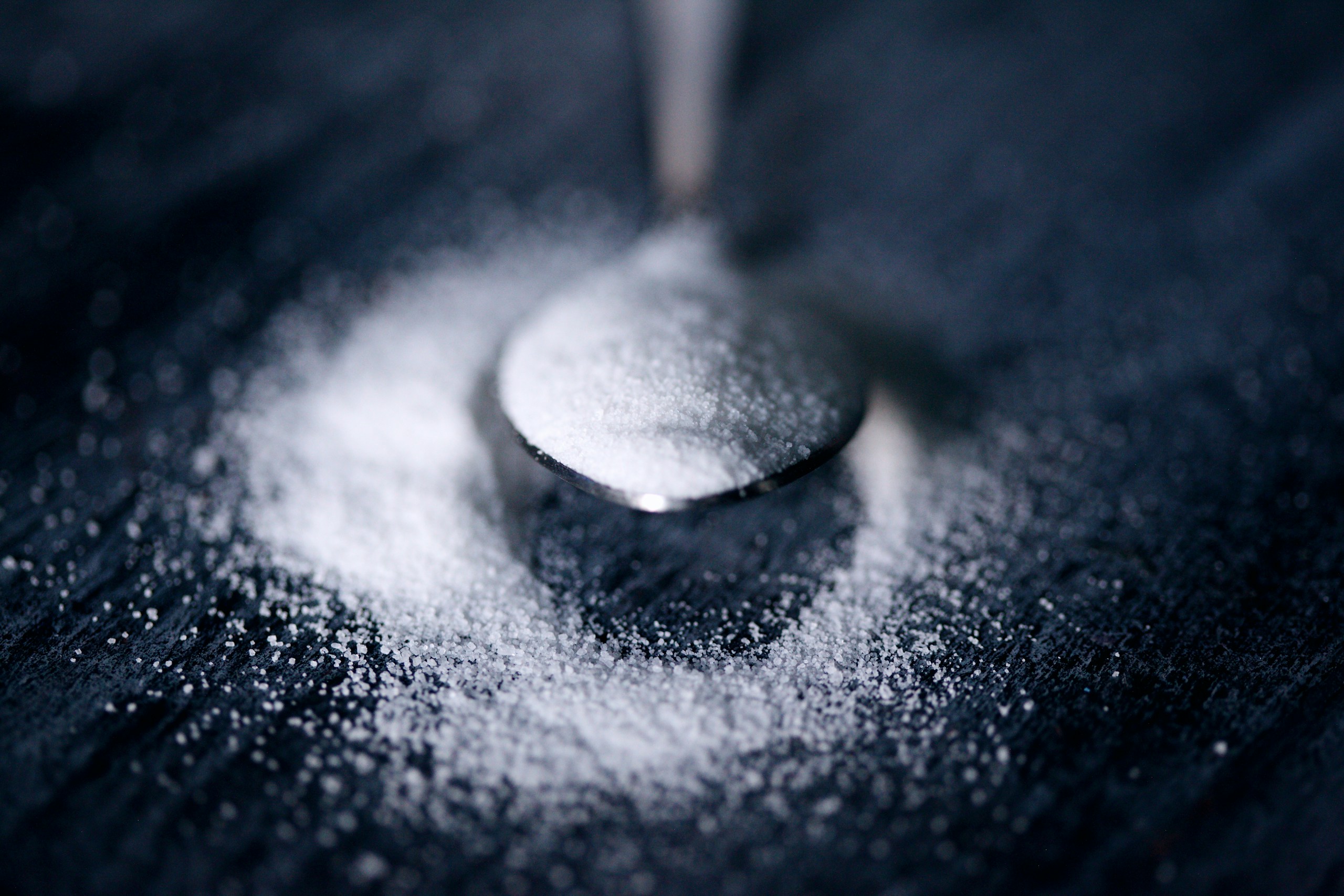Sugar and eczema
In my experience, there is a clear connection between having too much sugar and subsequent outbreaks of eczema. In the anti-inflammatory diet, sugar is one of the biggest culprits, affecting blood sugar levels and spiking your insulin production. If the … Continued


